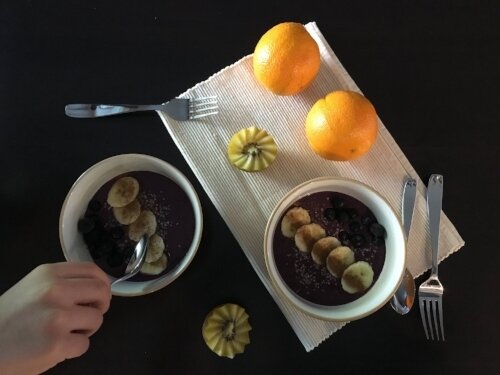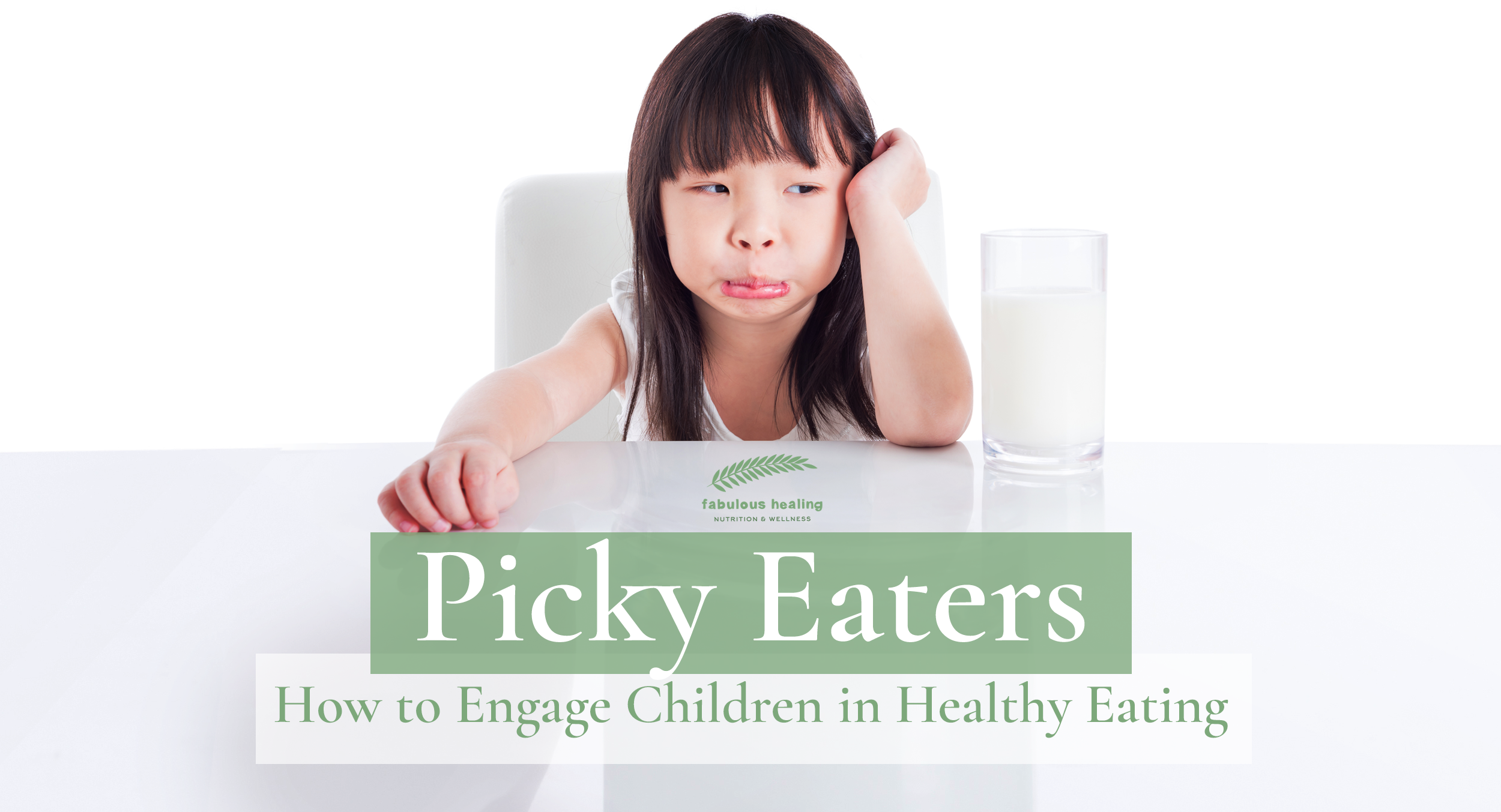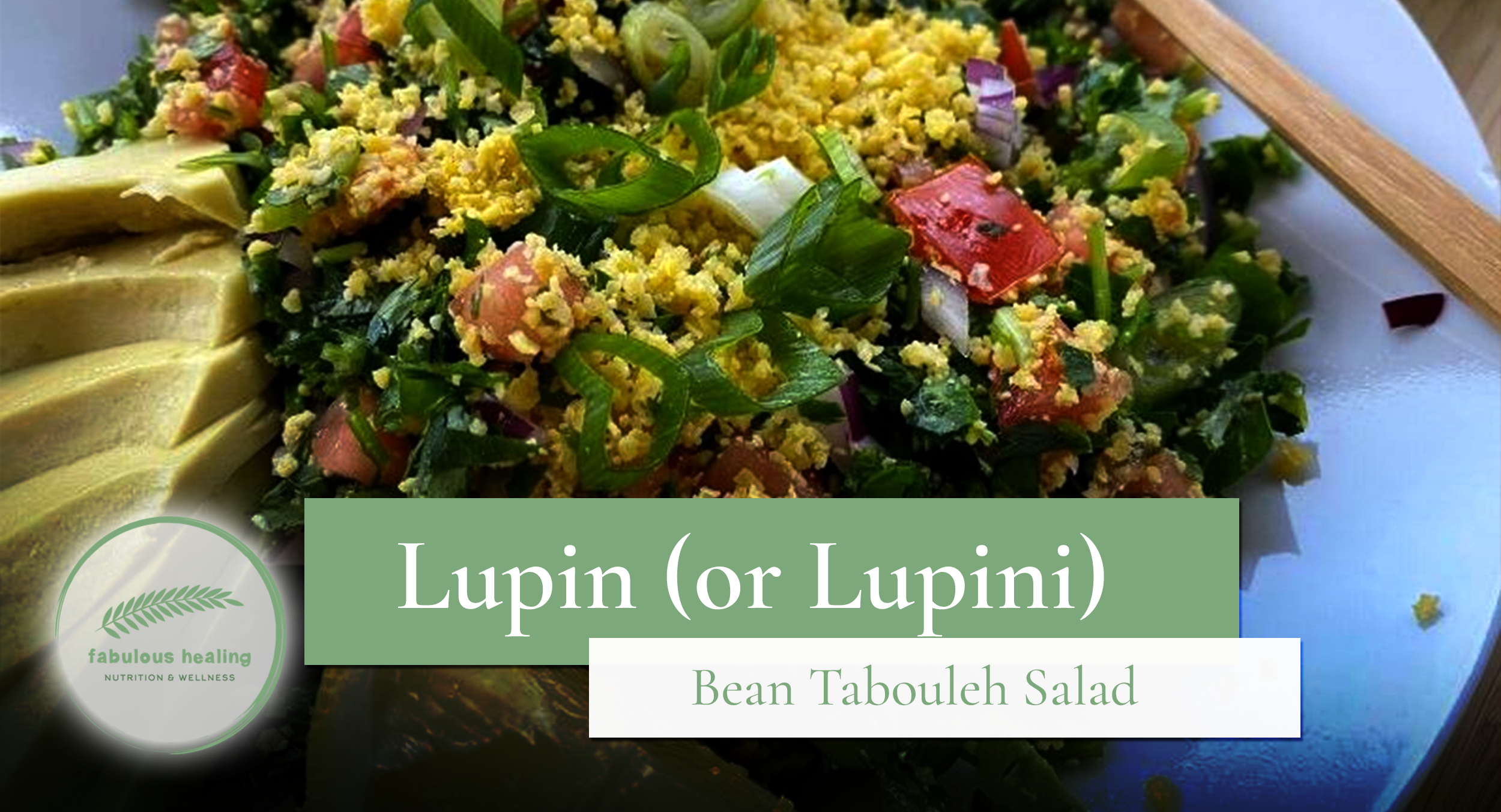



Exposure to Taste
According to the psychologist Leann L. Birch (2), in order to increase preferences for the taste of food, experiencing the actual taste of the food is necessary.3 Birch and her colleagues found that kids between the ages of 2-5 years who were exposed to the same tastes over and over grew to like these tastes. Based on this finding, it is recommended that you keep offering fruits and vegetables (or any healthful food of your choosing) to the child. You can add this food to your child’s plate, and let her try it a few times before you conclude that the child dislikes it.Cover Up Food/Taste or Pair Tastes
Another option to increase eating healthful foods is to cover up its taste. One way of doing this, for example, is by making a smoothie that includes both vegetables and fruits. The sweet taste of fruit will cover up the taste of the vegetables and the child will be more inclined to drink it. An alternative option would be to pair healthful foods, like vegetables and fruits, with preferred food. This might increase the chance that your child will taste healthful food.Reward
Give your child a reward, (such as a sticker) for each time they try a vegetable or fruit. After a few times, your child might start eating this food regardless of the reward.Positive Peer Modeling and Personal Example
According to a study on Peer Modeling Effect4, preference for food increases if the child sees his peers enjoying the same food. If your child has older siblings or other family members like cousins, you can engage them in influencing your child’s food preferences. In addition, the study suggested that kids will be more likely to try food that a familiar adult enjoys. Personal examples can be very effective when trying to teach a child to try new/healthy foods. That said, it is recommended to fill the child’s plate and yours with healthy food and demonstrate affection to this food. Eventually, your child will be convinced to try the same food. On that note, you might want to consider eliminating harmful foods that you wish your child would avoid eating. Sugary foods and drinks, processed foods, and junk foods are better kept away from the dinner table to encourage your child to eat healthier.Little Chefs
Sometimes involving your child in the food preparation will simply do the trick. When you plan your weekly or daily meals, take the time to consult your child and ask them what they would like to eat. One method I like to use is to open a cookbook and go over the pictures of meals with them. My kids choose the dish they like the most, and we cook it together. When the child is empowered in the food preparation and choice, they are more likely to enjoy it and perhaps be open to trying new foods. At the very least you have created some quality family time. Try it! You might thank me later…Summary
To change a child’s preferences for food, it takes more than one try. In fact, the food should be offered at least six times either on the child’s plate or on the table. The rest is a mix of many factors such as creating a calm eating environment, personal examples set by peers and family, and a variety of healthy options. I encourage you to try some of the options suggested here to help your child enjoy his healthy meals.References
1. Taylor CM, Northstone K, Wernimont SM, Emmett PM. Macro- and micronutrient intakes in picky eaters: a cause for concern? Am J Clin Nutr. 2016;104(6):1647-1656.
2. Leann L.Birch, Promoting children’s healthy eating in obesogenic environments: Lessons learned from the rat. http://www.sciencedirect.com/science/article/pii/S00319384110026783.
3. Logue AW. The Psychology of Eating and Drinking. Fourth Edition.
4. Greenhalgh J, Dowey AJ, Horne PJ, Fergus Lowe C, Griffiths JH, Whitaker CJ. Positive- and negative peer modelling effects on young children’s consumption of novel blue foods. Appetite. 2009;52(3):646-653. doi:10.1016/j.appet.2009.02.016.
Fabulous Healing
Liat Nadler is a nutritionist, dietitian, health and food relationship expert, licensed psilocybin facilitator, influencer, coach, and a Wall Street Journal #1 Best Seller co-author. She is the founder of Fabulous Healing Nutrition & Wellness, a retired engineer, who helps result-driven females get their glow, increase their confidence & energy, and step into their unstoppable sexy badass selves during perimenopause and beyond!





